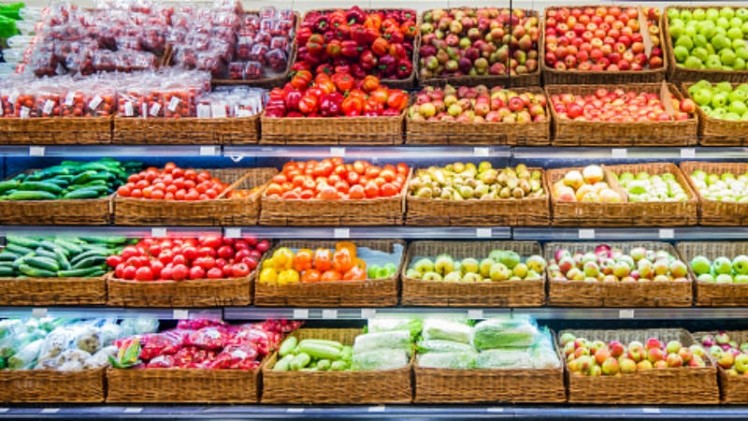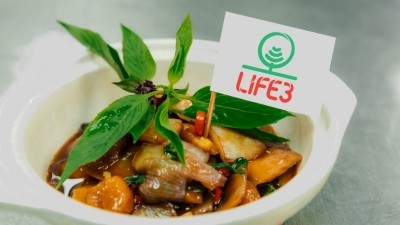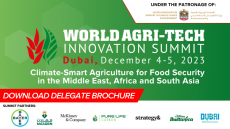‘Crippling’ suggestion: Australian plan to nearly double fresh produce export costs slammed

The new regulations were proposed as part of the department’s attempt to update its overall charging framework. As stated in its report, Cost recovery implementation statement: plant export certification 2019–20 report, the DoA emphasised cost recovery, or regulatory charges, as the best way to safeguard the industry.
“The government has determined cost recovery (regulatory charging) to be the most appropriate mechanism for funding export certification as opposed to commercial charging (depending on the private sector) or taxation,” said the agency.
“There are additional benefits to funding export certification through cost recovery too. When a business pays for the activities it receives, the government has an obligation to justify the prices it charges. Cost recovery also increases the cost consciousness [of] how much a government activity actually costs.”
Some of the most significant changes that have been proposed include the implementation of a tonnage charge (fee by weight) on exports, listed as A$4.90 (US$3.25)/tonne on exports to protocol markets (those with special phytosanitary requirements), and A$2.45 (US$1.62)/tonne on exports to non-protocol markets.
Fresh produce protocol markets for Australia include China, Japan, South Korea, New Zealand, Taiwan, Thailand, the United States and Vietnam, according to a separate table published by the DoA.
In addition, costs of Phytosanitary Certificates are expected to be increased almost threefold from A$38 (US$25.17) to A$113 (US$74.86).
Overall, the proposed new export charges are expected to increase export fees and costs for fresh produce by over 40%, according to industry body Australian Fresh Produce Alliance (AFPA).
“At a time of drought, bushfires and weak consumer demand, a 40% increase in export fees and charges will cripple the growth plans of the industry,” AFPA CEO Michael Rogers said.
“Government support to the fresh produce industry is vital to open up new market access to our key trading partners through the negotiation of technical export protocols and supporting the physical export of produce to those markets.
AFPA data indicated that at present Australian farmers already pay over A$400mn (US$265mn) in annual fees and charges related to exports to the government.
“This situation is simply not sustainable and is not the way to achieve the government’s ambitious target of growing Australian agriculture to a $100 billion industry by 2030,” Rogers added.
“The Agriculture Minister (David Littleproud, elected February 6 2020) should restore funding to the Department of Agriculture and remove the ever increasing fees and charges on the export activity of Australian farmers.”
Hard to absorb
Several other industry bodies concurred with Rogers, saying that apart from the bad timing, the industry itself was already under significant costing pressure without these new cost hikes.
“We understand the need for export certification requirements, as well as the need to fund the biosecurity framework to protect Australia’s borders […] as long as they can be provided efficiently and charged at competitive rates,” AusVeg spokesman Tyson Cattle told The Weekly Times.
“The difficult conditions faced by the [fresh produce] industry currently, including the worst drought in decades, and bushfires affecting production regions and freight of produce to market, make these cost increases especially hard for growers to absorb and remain competitive.”
Chief Executive of the Australian Horticultural Exporters’ and Importers’ Association Andrea Magiafoglou added in a statement on the association’s website that the industry faced more challenges than most others as it was.
“Australian horticulture is one of the least subsidised in the OECD (Organisation for Economic Co-operation and Development),” she said.
“[Fresh produce] exporters operate in a high-cost environment influenced by labour challenges, escalating water costs and supply chain pathways overlaid by security requirements.”

















